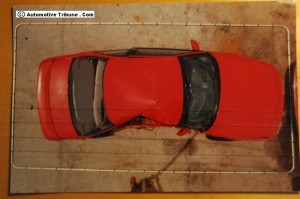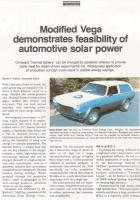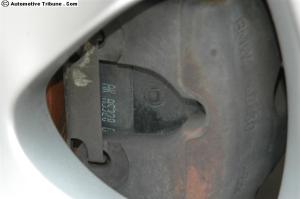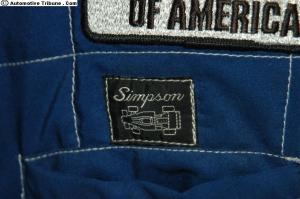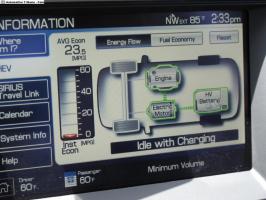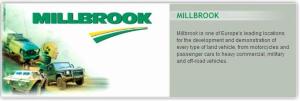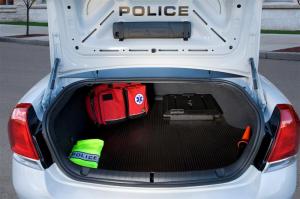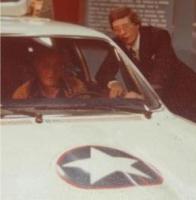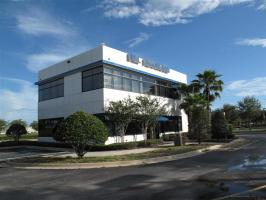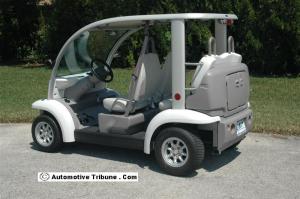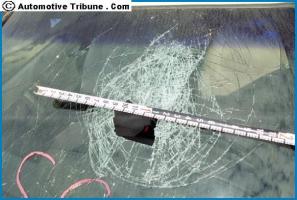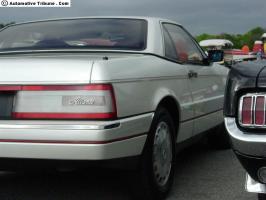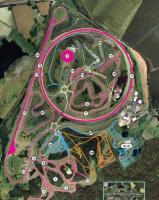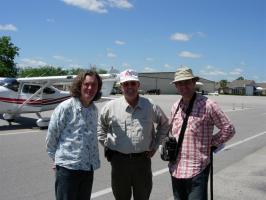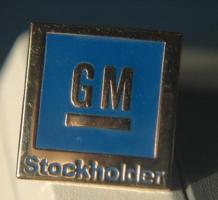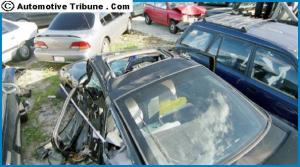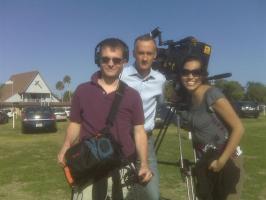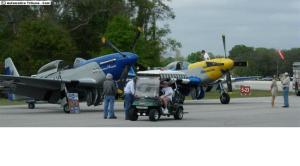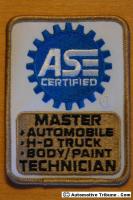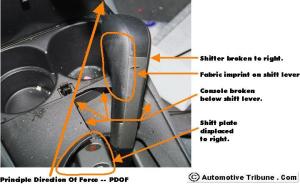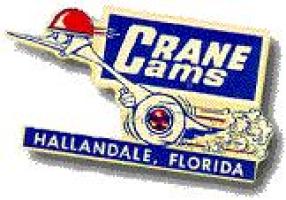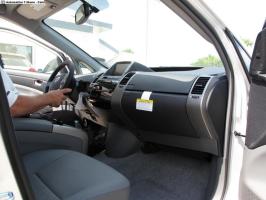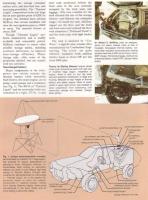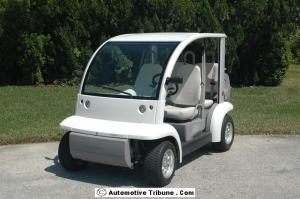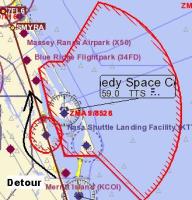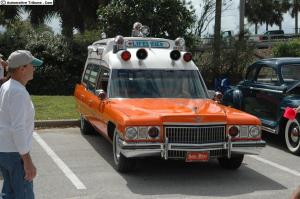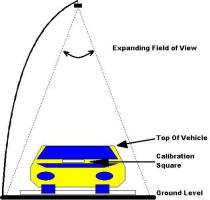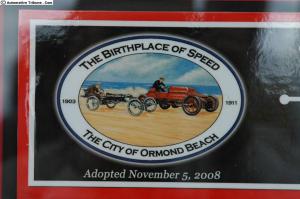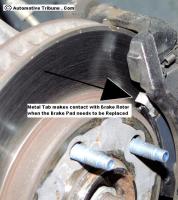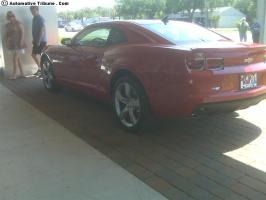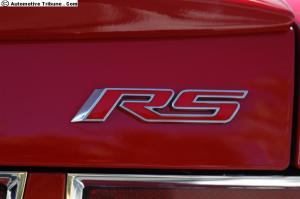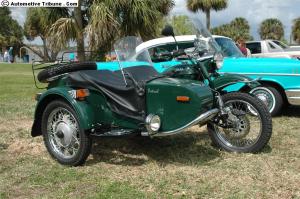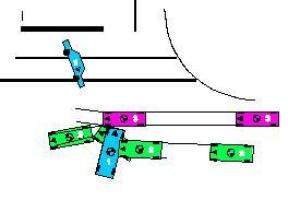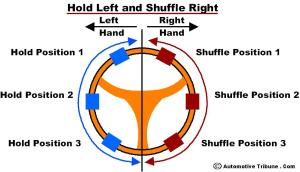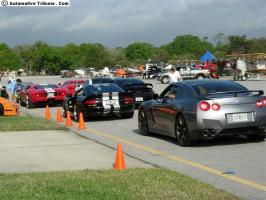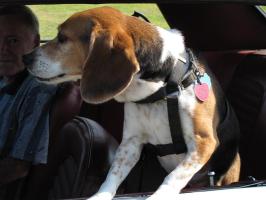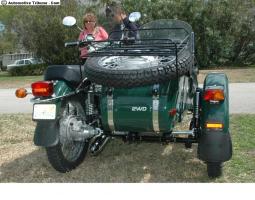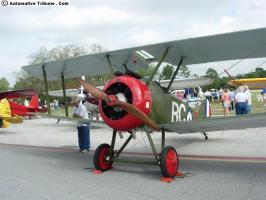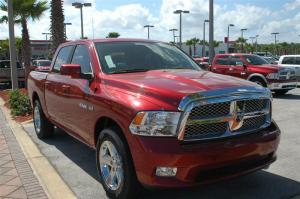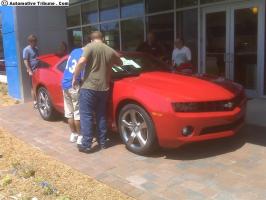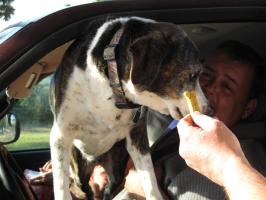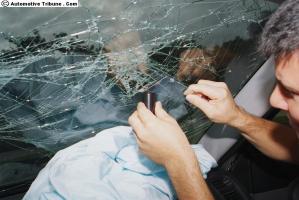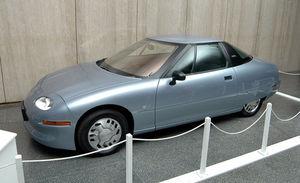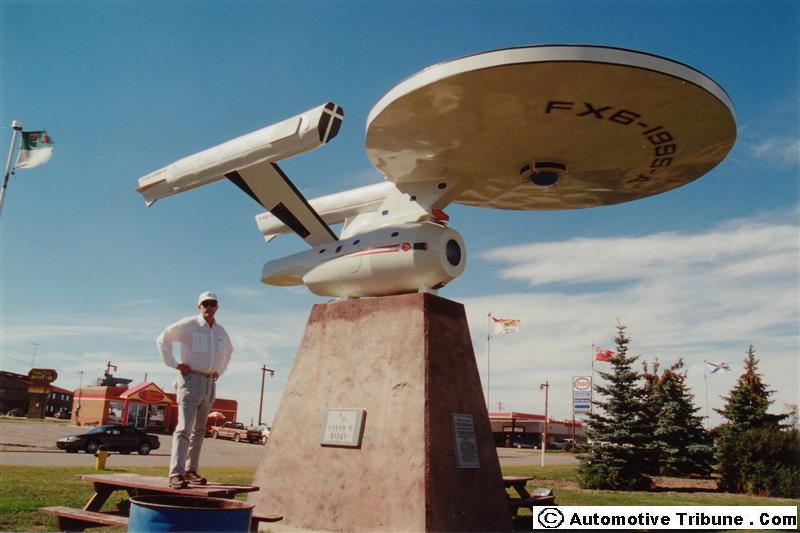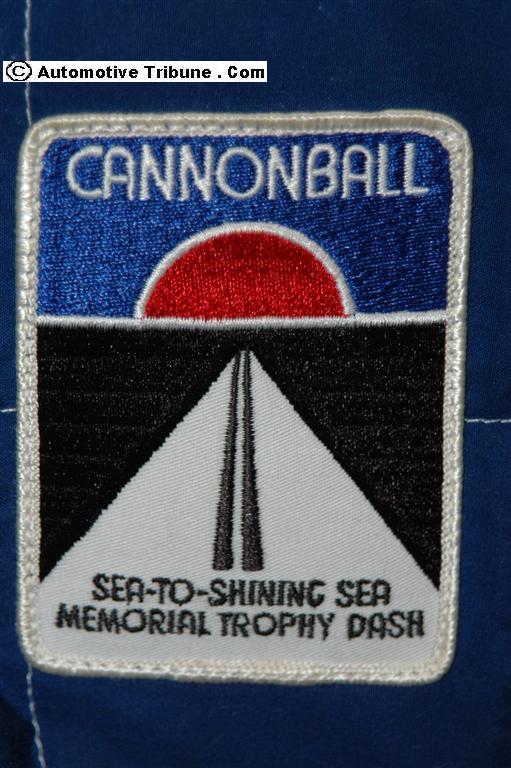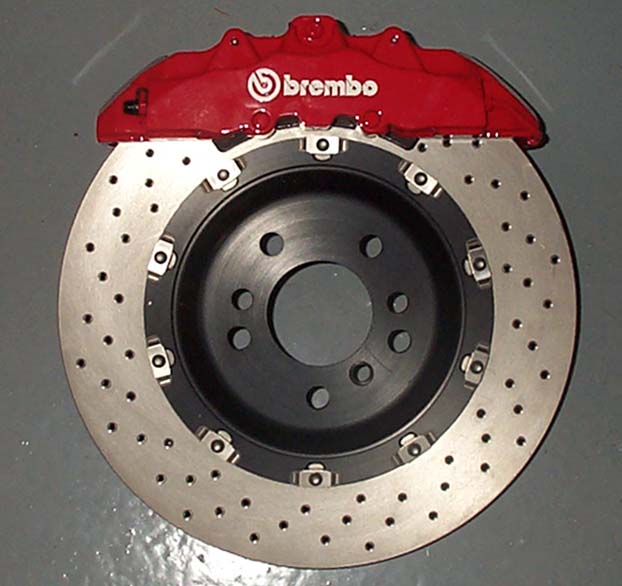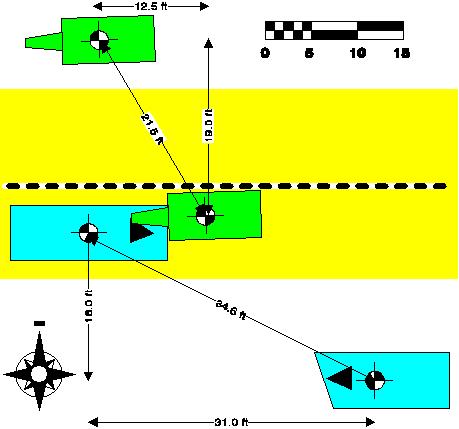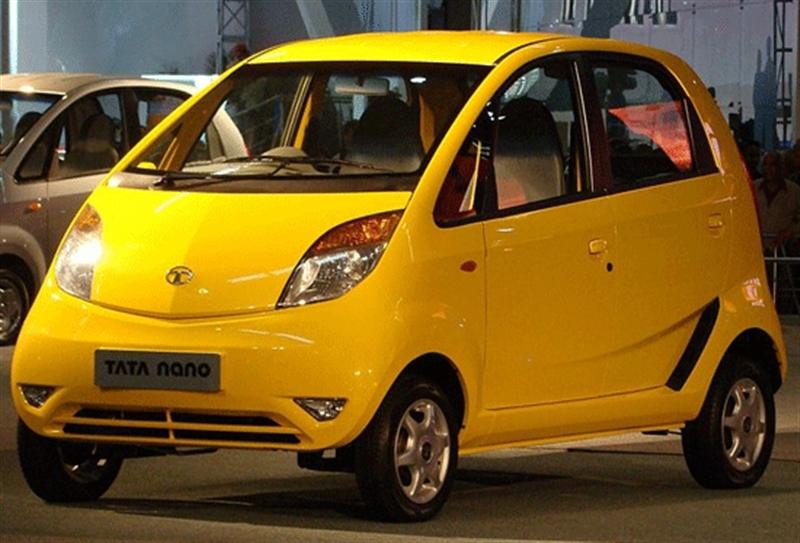Robert C. McElroy, Ph.D.
 ABSTRACT — Accident reconstructionists rely on a wide range of methods to record and analyze motor vehicle accident information. This paper addresses contemporary methods of obtaining and analyzing collisions with emphasis on G force explanation for biomechanical analysis.
ABSTRACT — Accident reconstructionists rely on a wide range of methods to record and analyze motor vehicle accident information. This paper addresses contemporary methods of obtaining and analyzing collisions with emphasis on G force explanation for biomechanical analysis.
INTRODUCTION — Traffic accident reconstruction is the effort to determine, from whatever resources are available, how an accident happened. A traffic accident reconstructionist must be familiar with the application of a wide range of mathematics and specialized aspects of vehicle technology. Because of the wide range of knowledge required by the accident reconstructionist, voluntary certification is available through the Accreditation Commission for Traffic Accident Reconstruction. ACTAR certification includes education, work experience, and successful completion of a comprehensive examination.
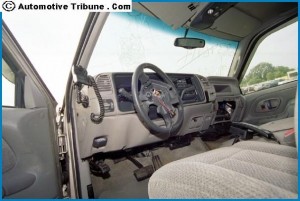
Unrestrained driver upper torso impacts steering wheel and lower extremities impacts lower dash
MATHEMATICS FOUNDATION —
Mathematics are at the core of traffic accident reconstruction. Many different equations are used to determine different aspects of an accident. Sir Isaac Newton developed three mathematical laws of motion which provide the foundation for traffic accident reconstruction.
In Newton’s first law of motion an important property of matter appears. It is known as inertia, that property of matter by which an object maintains a constant velocity in the absence of an unbalanced external force. When an automobile is suddenly stopped, the passengers obey Newton’s first law and continue in their motion with constant velocity until some external force changes their state of motion. Seat belts in a automobile can provide such an external force which is much preferred to that exerted by the windshield or dashboard. Another statement is the following: A body at rest remains at rest, and a body in motion remains in motion with constant velocity along the same straight line unless acted upon by some outside force. … Continue Reading
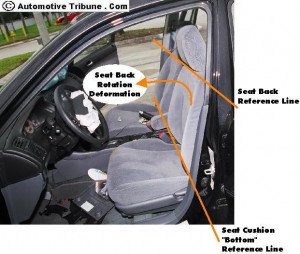 Seat belts are an important part of the safety systems in cars. To a trained investigator review of a Traffic Crash Report, site visit, and inspection of the vehicles can answer many questions about the technical nature of the impact.
Seat belts are an important part of the safety systems in cars. To a trained investigator review of a Traffic Crash Report, site visit, and inspection of the vehicles can answer many questions about the technical nature of the impact. Scale diagram Prepared
Scale diagram Prepared
